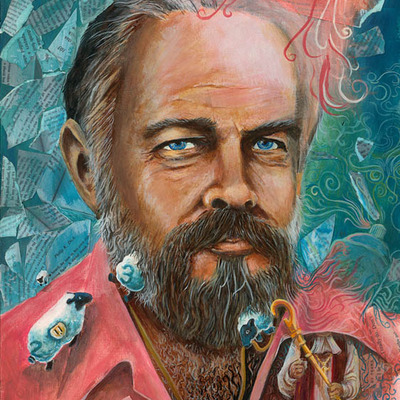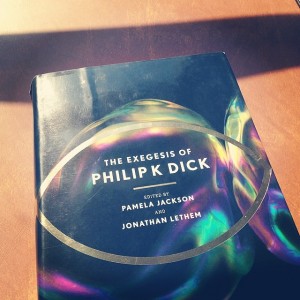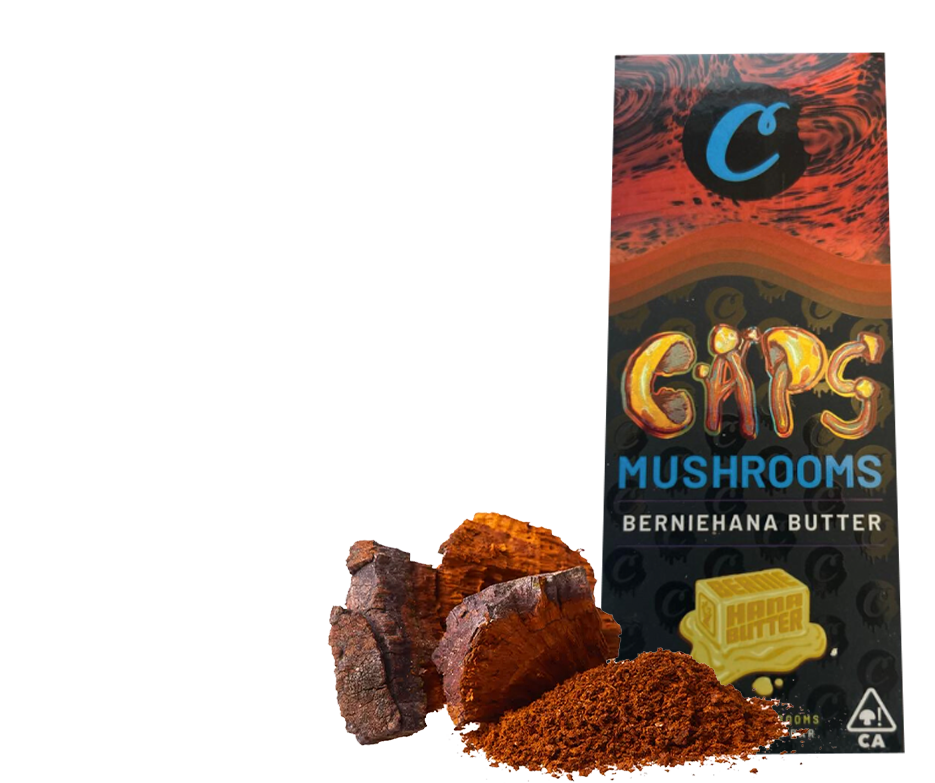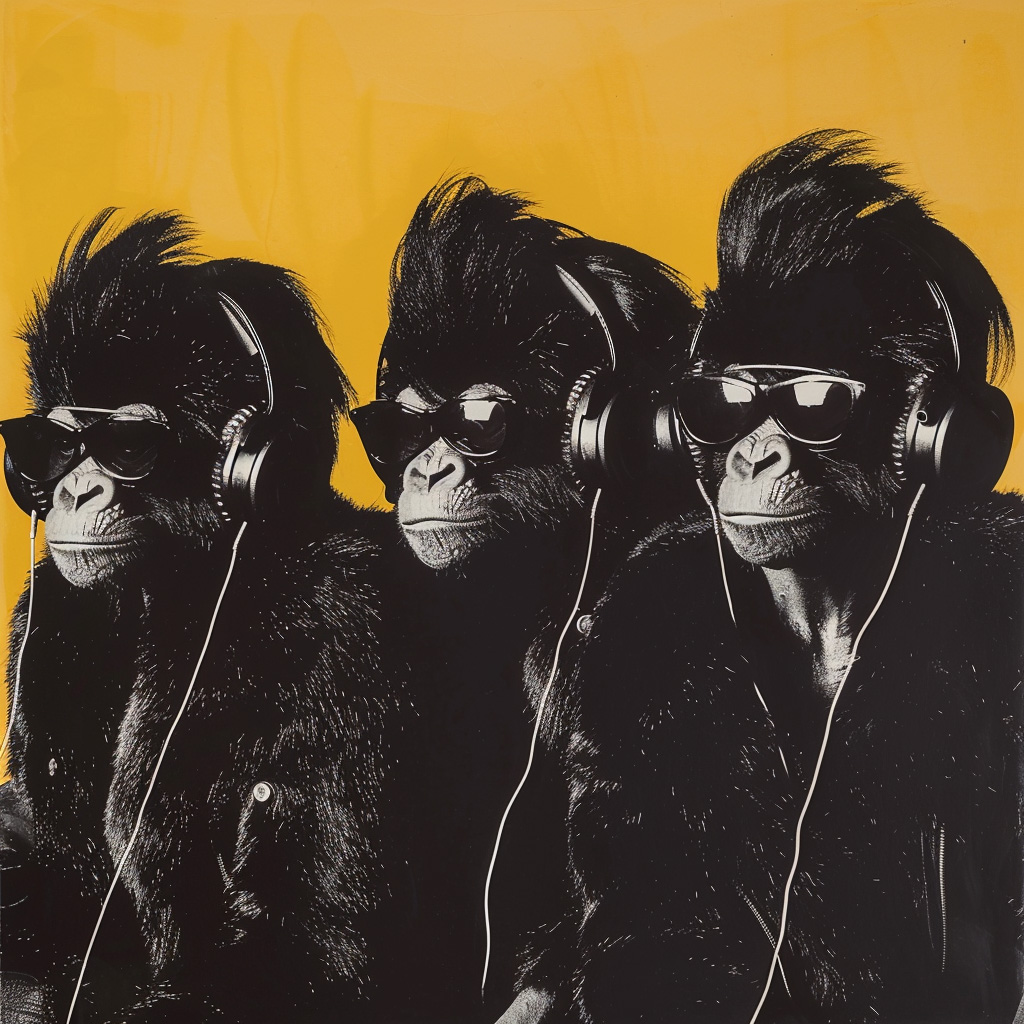R.S. ReReads examine your favorite media: counter-culture classics, science fiction, films, T.V. and video games in search of gnostic insights and portals to the Otherworld hidden in the plain site of pop. This month we take on Philip K. Dick’s VALIS.
So here we are. Chapters 4 and 5 of the VALIS reread were delayed a few days, but we’re back in motion. In the interim, I hope most of you are making your way towards the end of the book!
Some other updates:
I’ve just polished up a new interview with Erik Davis (author of the classic counter-cultural text for the information-age, TechGnosis, and currently completing his PhD on Philip K. Dick, Robert Anton Wilson, Terence McKenna and other counter-culture authors of the 1970’s) on VALIS, P.K.D, and “high weirdness,” which will be up sometime in the next couple of days.
Richard Doyle, author of Darwins Pharmacy and professor at Penn State (and recent teacher of the Synchcast class “Radio Free VALIS”), will be getting involved via possible video blog with us here. He’ll be tackling a later chapter — chapter 11. Very excited!
Chapter 4
“Fat had never been locked up before.”
We’ve learned that Fat has attempted a suicide attempt with a combination of pills, a razor blade, and a car engine. He had downed 40 pills of a drug called “digitalis” before heading into the garage to sit with the engine on. When that failed, he stumbled back into the house and laid down to die. He awoke the next day and was taken to the hospital by paramedics breaking down the back sliding door.
Fat nearly died because of the digitalis, which was prescribed to him originally for a hereditary PAT arrhythmia.
We learn that his wife, Beth, never came to visit him. Only David and Sherri. With a dark stroke of humor, we learn that Fat was at Orange County Medical Center, which hosted medical students from U.C. Irvine. Students came to watch Fat’s heart laboring “under forty-nine tabs of high-grade digitalis.”
While recovering in the psychiatric ward, Fat is reviewed by the panel and deemed unfit to leave for 14 days. During his interrogation, he tells the panel that he had really tried to kill himself because he was afraid that Beth would take his son away from him.
Fat finds it hard to believe he’s still alive. Technically, he should be dead. “The infinite mercies of God make no sense whatsoever.” At this point in the story, Fat may not be literally dead, but he is in a spiritual sense.
One day Kevin calls up Fat to excitedly tell him about a passage from Mircea Eliade. The Australian Bushmen speak about a form of sacred time that anthropologist locate in the distant past, but Eliade disputes them and suggests it is actually “another kind of time going on right now.” This is the Age of Heroes, and it can be accessed only by enduring initiations of “dreadful pain.” Kevin connects the dots for Fat. “You were in a lot of pain,” he tells him. Apparently Fat had been enduring an impacted wisdom tooth combined with days of insomnia, not to mention extreme paranoia. He had also seen floating colors, which Kevin attributes to a phenomenon from the Tibetan Book of the Dead.
“That’s the only real time; all real events happen in the dream time!”
We are treated to another excerpt from Fat’s exegesis. Fat describes two “hyper-universes.” The upper and the lower. The upper, Yang, is volitional and sentient, while the lower, Yin, is driven by blind chance and “emanates from a dead source.”
“We are trapped, by and large, in the lower realm, but are, through the sacraments, the plasmate, extricated. Until astral determinism is broken, we are not even aware of it, so occluded are we. “The Empire never ended.”
More details are given about this idea, “the empire never ended.” Fat originated this statement from a dream he had in which he was a child, plowing through stacks of old science fiction magazines for one entitled, “The Empire Never Ended.” “If he could find it and read it he would know everything; that had been the burden of the dream.” A second experience in 1974, where he saw California superimposed with Ancient Rome, a third ‘reality’ had revealed itself: the Black Iron Prison was common to both time periods.
“Everyone dwelt in it without realizing it. The Black Iron Prison was their world.”
This prison, Fat suggests, looks a little like a mashup of ancient Rome, 1970’s California and the science fiction world from The Android Cried Me a River. The only people able to escape were the Christians. They hand entered the sacred time.
These pages are largely an exegesis in themselves; Fat, and Dick, attempt to understand the metaphysics of the whole thing. Fat asks: if the Christians blew up the prison, then we were we still in it? How does time work? We have a few lines that are hard to pass up quoting, but for the sake of brevity, they start with: “Fat had seen the augmentation of space: yards and yards of space; extending all the way to the stars.” I’ll leave it to our readers to check out page 48-49 for that one.
All of this metaphysical tethering is cut short when the psych tech tells Fat he can’t leave for 14 days, and possibly another 90 days after that.
After some debating, and a longer rant about a crippled American psychiatric care system, Fat is locked up in the ward. He meets a heavy set Mexican woman with “dark and peaceful eyes, eyes like pools of fire.” She preaches to him about God and Jehovah. “You think it will be a long time, but Christ Jesus is with us today.” This shocks Fat. She took the words right out of his Exegesis: “He lived a long time ago but he is still alive.”
This is also a double-layered meaning; Fat’s spirituality is not dead.
Fat befriends Doug. Doug wears a hospital gown in the back. They enjoy each other’s company and spend time walking the ward’s halls.
“Conversations in mental hospitals resemble conversations in in bus stations, because in a Greyhound Bus Station everyone is waiting, and in a mental hospital — especially a county lock-up mental hospital — everyone is waiting.They wait to get out.”
Fat is able to pass his evaluations and avoid talking about God, but quips that in truth, the distinction between sanity and insanity doesn’t actually exist, “perhaps it is a phantom.”
Just as things are getting routine here, Dr. Stone enters the picture.
Dr. Stone is the director of the ward. He interviews Fat and immediately gives him a tincture made of rum and organic flowers, which is unusual for a director of a state-run psychiatric ward. Dr. Stone gives some maddeningly old-fashioned advice to Fat, suggesting he should have “lightly” struck his wife with a rolled-up newspaper. Fat admits that Dr. Stone is “totally crazy,” but “in a good way.”
Dr. Stone offers Fat the Tao te Ching to read, quoting it to him. Fat exchanges quotes from his journal concerning “Two principles,” of light and dark. According to Fat’s passage, Mind lets in light and dark, and the two intermingling create time. In the end, light wins. “Time ceases and Mind is complete.” Dr. Stone joins in with Fat without hesitation, debating with him about the finer points of these ideas. Dr. Stone is familiar with all of Fat’s academic resources, including one Edward Hussey from Oxford. Fat rolls a list of citations, from Paul of Tarsus to Boehme and Giordano Bruno. Each of them knew the secret: time did not exist.
Fat tells Dr. Stone about his theory that real time stopped in 70 CE with the fall of the Jerusalem Temple. Dr. Stone seems un-phased by how all this sounds. Perhaps as a good psych doctor should.
Fat catches on that Dr. Stone is either remarkably good at his job, getting Fat to talk, or he is “totally insane.”
“In dormant seed form, as living information, the plasmate slumbered in the buried library of codices.”
Much of what we learn about VALIS is through Fat’s journals — tell rather than show, for this work. Dr. Stone seemed to be right on track with Fat and calls the “living information” Logos.
We learn that Fat’s general theory is that this secret Logos was/is a means out of the Black Iron Prison. As we learned from earlier chapters, the ‘plasmate’ is capable of taking the form of any material object. In this case, it slumbered in the Nag Hammadi scriptures. We also learn that the Hermetic “Gnosis” is a joining of the human organism with the plasmate, the ‘homoplasmate.’ Human-alien symbiosis.
Fat suggest the plasmate is an alien from the Sirius star system; which coincidentally is the “Nommo” of the Dogon tribe people, the “benign twin” (again, the two principles theme coming up). Dr. Stone tells Fat about a Japanese cosmological myth where a female twin dies after giving birth to Fire, and slip underground, where she is dead but still giving birth to monsters. Her twin seals her up beneath the surface. A little creepy here, eh?
Fat remarks: “1. Some of those in power are insane. 2. And they are right.” Dr. Stone might be mad, but he’s onto it. And, after all, as we heard from Fat before: only the mad ones get it because the universe is inherently irrational.
Dr. Stone helps Fat figure out one of his experiences through all this metaphysical maneuvering: if real time had ceased in 70 A.D., then the Roman times are still happening right now. He calculates approximately 100 AD.
The chapter ends with Fat’s faith utterly renewed. Dr. Stone had “ratified” his lunacy, and as for his faith, “Dr. Stone had nailed it down.”
Chapter 5
“He said, ‘I am god and no other one exists except me.’ But when he said these things, he sinned against all of the immortal (imperishable) ones.”
Chapter 5 starts at the end of Fat’s stay at the psychiatric hospital. He has one, brief, conversation with Dr. Stone in which Dr. Stone gives him an unpublished translation from the Nag Hammadi codices. This text details Samael, the blind-creator god, in his arrogance, proclaiming himself as the only god. This clicks for Fat, who had been talking about an ‘irrational’ universe: “whacked out, fucked up, fried, psychotic.” The text describes an “Immortal Man” who would come down into the world and “trample” the ignorant god.
“He will trample you like a potter’s clay.”
Fat immediately makes the connection with Heather’s pot, as we heard about from the previous chapters. In a few words — “You’re the authority” — Dr. Stone had utterly renewed Fat’s “spiritual life,” as Dick remarks here. “Dr. Stone had a paranormal talent.”
“For each person there is a sentence — a series of words — which has the power to destroy him… another sentence exists, another series of words, which will heal the person. If you’re lucky, you will get the second,; but you can be certain of getting the first.”
Fat makes a few connections with the good God he believes he contacted, and draws connections between it and the Logos. There are some interesting passages about a kind of evolutionary gnosticism: “we shall be like him,” from 1 John: 3:1/2.
“This means that man is isomorphic to God.”
Neatly put. Dick then goes on a train of thought on how this God had evaded Samael, irrational god, and slipped his way into our universe. He experienced this God as VALIS, as living information, as the Logos. He emphasizes that this power had invaded this world. “No other term fitted it.” “Help had come.
The trickster aspect to VALIS is in its other name Fat has for it: Zebra. “The name for this is mimesis… mimicry.” Dick compares this with lower life forms: some insects and other creatures use camouflage techniques. What if a higher life form could use them? He hypothesis that God may, in fact, be an E.T. Extra-terrestrial organism.
We have some more theological terms here. “Hylozoists.” A name for what the ancient Greeks believed, that the universe was a living being. “It’s about the same idea as pan-psychism.” Here, Dick is excellent in extrapolating all these terms, so it’s not worth going over them save to note their importance for the story.
The universe, Fat hypothesizes, is a vast entity into which VALIS, or Zebra, has invaded and camouflaged itself within. Fat goes further in believing that it had not only invaded, but was eating our universe. He analogizes this with the blood and body of the Eucharist in Catholicism.
“The entire universe, possibly, is in the process of turning into the Lord.”
Here we can see the evolutionary gnosticism rearing up again; in which you’ll also find in the comments section of some importance for Dick’s overall science fiction theosis.
In this chapter we also see some of the quintessential imbibing of trash with treasure:
“the true God mimics the universe… he takes on the likeness of sticks and trees and beer cans in gutters — he presumes to be trash discarded, debris no longer noticed. Lurking, the true God literally ambushes reality and us as well.”
That could be the takeaway from this book.
We start shifting focus now to Fat’s life after the hospital, and hear ominously about Sherri.
Dick holds little back in describing Sherri as a dangerous character for Fat’s life. She would be the “Antichrist,” and undo what Dr. Stone and Stephanie had done. The thing is, Fat had decided to move in with Sherri and talk care of her. Heal her. Remember the two things his therapist told him not to do in chapter 1?
Sherri was very religious, but she hardly gives Fat’s religious experience the time of day: “since Sherri Solvig believed that one encounters God only through channels. She herself has access to these channels, which is to say her priest Larry.”
As we could figure out from Dick’s telegraphing, Sherri gave Fat a lot of trouble. He moved in with her, they ended up bickering. Fat was often dumbfounded by her dismissive response to his encounter with God, and more so irritated by her dodging theological debate with: “I’ll ask Larry.”
We also learn that Fat had a friend — Jim Pike — who ended up dying near the Dead Sea, on a road trip with only two bottles of coke in the car.
Sherri’s psychology is laid bare as the chapter develops: “if you did something for Sherri she felt she should feel gratitude — which she did not — and this she interpreted as a burden, a despised obligation.” The more Fat helped Sherri, the more she despised him.
“Reality is that which when you stop believing in it, it doesn’t go away.”
The last few pages of this chapter are dealt with profiling Sherri’s psychology — and relationship with — death. She was going to die, unlike Gloria, who had a choice. The way in which she dealt with it, while we can’t say she enjoyed her cancer (in which she was in remission), made her life into an obsession with death. She was bad news for Fat, although, the chapter ends there. We’ll just have to wait til Friday to find out how this goes down.
Commentary
As you can imagine, a single reread of VALIS does it little justice. I hope that many of you are soaking up you own nuanced details and scribbled insights on the margin pages, or Kindle notepads for that matter, beyond what I can sum up here without turning each blog into an even longer essay.
What can be said? Fat tries to kill himself in this section. He fails. While in the psychiatric ward, he finds himself near death, both spiritually and physically, and through multiple clues and signs — Kevin’s phone call on time, the Mexican woman talking about Jesus and time, and Dr. Stone’s paranormal talent — Fat is “nearly healed,” as Dick emphasizes. Nearly enough, though, because he leaves that hospital feeling utterly renewed and with a faith that is “nailed down.” We go deeper into the gnostic exegesis, and in an odd twist of the story, Dr. Stone is apparently well-versed in Gnosticism and affirms everything that Fat encountered. Deeper into Fat’s “lunacy” we go. But if you’re like me at this point, the conversation is hardly loon. Sure, I never found myself in a psychiatric hospital over it, but these kinds of conversations are often enough the fire of meaning that stokes a theologically-minded person’s life.
These questions cut deep into existential and heartfelt inquiries about reality. About what there’s suffering and death and irrationality in the world. These are things we all battle with. And, brilliantly, Dick is able to convey it all here in a very human language. Sure, it’s thoughtful, and even a little zany — imagine people talking like this in real life in these medical professions — but that’s half the fun of the story.
Dick’s imagination is running wild, and I think what we’re receiving here is nothing short of a science fiction re-imagining of gnostic theology and the Corpus Hermeticum; reassessed into an esoteric evolutionary gnosticism.We are also, because of the nature of our time, receiving a evolutionary gnosticism which conveys the world as an alchemical materia; in the midst of being trans-substantiated into godhood. “Turning into the Lord.”
Readers who are familiar with contemporary evolutionary mysticism might find a spot-on analogy with the works of Teilhard de Chardin. Well, as it turns out, Philip K. Dick was a reader of both Teilhard, a Jesuit priest who re-imagined Catholicism in light of evolutionary theory, and Marshall McLuhan, a Catholic, Canadian media theorist who was deeply inspired by Teilhard’s writing on the “noosphere.”
Richard Doyle writes in the afterward to P.K.D.’s Exegesis:
“Dick read Marshall McLuhan and Teilhard de Chardin, his fellow Prophets of the Digital Age; they likely never heard of him. Yet what smacks of downright prophecy in PKD is not limited to the content of his fiction; it extendes to the feeling of reality-distortion induced by reading his work. PKD’s fiction taps into shamanic powers to shape and bend consciousness and the realities that project from it.” (Doyle 897).
Glad we’re not the only ones encountering PKD weirdness (Doyle, remember, is the one who called this ‘involution’ — when the inner psyche starts to pop up in our outer lives).
And like Dick himself — not only in his encounter with VALIS but his injection into pop culture science fiction gnostic and esoteric theologies — the history of Teilhard de Chardin, Marshall McLuhan and other writers in the 20th century is infused with a certain literary ‘plasmate,’ a tendency towards these very same evolutionary gnostic ideas that went on to spur the human potential movement, Spiritualism, psi research and even pop media mystics in comic books and science fiction (Morrison has a similar evolutionary ‘plasmate’ concept after his religious experience in Kathmandu: our universe as an embryonic god). The plasmate is just beneath the surface, as Dr. Kripal’s masterful Mutants and Mystics goes onto track with great detail.
Well, that’s all for now. Stay tuned this week for more updates from Erik Davis, Professor Richard Doyle, and chapters 6 and 7 on Friday.
Happy reading!
















